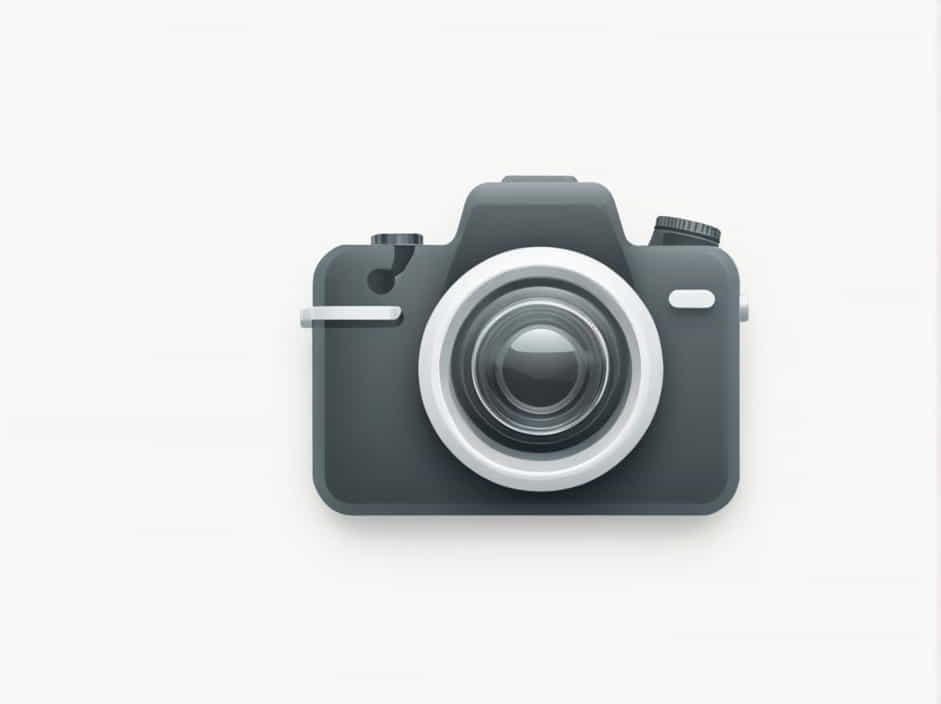Just as a photographer relies on a camera to capture images, a biologist depends on specialized tools to study life. One of the most essential instruments for biologists is the microscope, which allows them to explore the microscopic world of cells, bacteria, and other tiny organisms. However, biologists use many other tools to conduct research and make discoveries. In this topic, we’ll explore the key equipment biologists use and why each tool is crucial in the field of biology.
The Role of a Biologist
Biologists study living organisms, from the smallest bacteria to the largest whales. Their work can focus on many areas, such as genetics, ecology, microbiology, or zoology. To conduct research, biologists use various tools to observe, measure, and analyze biological systems.
Why is the Microscope Important for Biologists?
Understanding the Microscopic World
One of the most important tools for a biologist is the microscope. Just as a camera helps a photographer see and capture moments, a microscope allows a biologist to see things too small for the naked eye. This tool has led to groundbreaking discoveries, including the cell theory, which is the foundation of modern biology.
Types of Microscopes Used by Biologists
Biologists use different types of microscopes depending on their research needs:
- Light Microscope: Commonly used in labs, this microscope helps study bacteria, cells, and small organisms.
- Electron Microscope: Provides high-resolution images of viruses and cellular structures.
- Fluorescence Microscope: Used to study cells with special dyes that glow under ultraviolet light.
Other Essential Tools for Biologists
While the microscope is crucial, biologists rely on several other tools to conduct experiments and gather data.
1. Petri Dishes and Culture Media
Biologists grow bacteria, fungi, and other microorganisms in petri dishes filled with nutrients. This helps them study how microbes grow and interact with their environment.
2. DNA Sequencers and PCR Machines
For genetic research, biologists use DNA sequencers and PCR (Polymerase Chain Reaction) machines to analyze genetic material. These tools help scientists understand evolution, identify genetic diseases, and even solve crimes through forensic science.
3. Dissection Kits and Forceps
In anatomy and physiology studies, biologists use scalpels, forceps, and scissors to examine the structure of plants and animals. These tools are essential for understanding how organisms function.
4. Spectrophotometers
A spectrophotometer measures how light interacts with biological samples. This tool is used in biochemistry to analyze proteins, DNA, and other molecules.
5. Field Equipment
Biologists working outdoors need special equipment, such as:
- Binoculars for observing wildlife.
- Soil and water testing kits for environmental research.
- Tracking devices for studying animal movements.
The Evolution of Biological Tools
Over time, technology has greatly improved biological research. Early biologists used simple magnifying glasses, but today’s scientists have advanced imaging techniques, AI-powered data analysis, and even robotic lab assistants to help them make discoveries faster.
A photographer needs a camera to capture images, just as a biologist needs a microscope to explore the tiny details of life. However, biologists use many other tools depending on their field of study. From DNA sequencers to field equipment, these instruments help scientists uncover the secrets of the living world. As technology advances, new tools will continue to shape the future of biology, leading to even more amazing discoveries.
